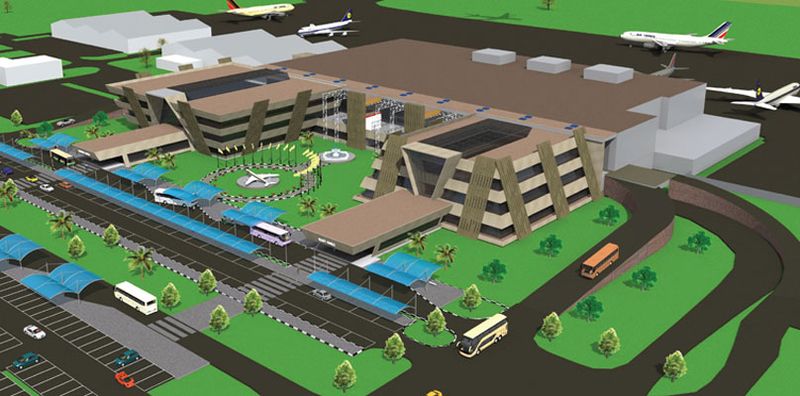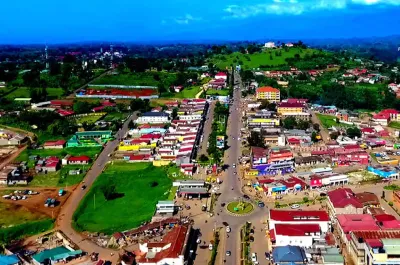
Uganda joined the global civil aviation system in the late 1920s, with the flying boats connecting the country through Wilson Airport in Nairobi, Kenya.
The first boats landed at Port Bell, on the shores of Lake Victoria, to deliver mail for the colonial State. Flying boats were popular on long haul flights as building landing strips in especially remote Africa then, looked hazardous and costly.
By World War II, air transport had developed in many ways. Most significant and visibly, the War bequeathed a ready- made land airport system that featured hard Runways. Only two places; Singapore and New York operated a combined land airport and flying boat base.
November 1944 saw the last of the flying boats. Military mission had accelerated the advent of larger, heavier and faster land planes. These needed concrete or asphalt surface to land on and take-off from. The bigger and heavier planes also offered better operating economics.
ENTER THE HARD SURFACES
Uganda joined the paved world in 1974 following development of Runway 17/35 at Entebbe. The older Runways 18/36 and 12/30 were of murrum surface, with the British Overseas Airways Corporation (BOAC) the hubbing Airline for Entebbe Airport. The new 3.6km Runway was relief to the operations at Entebbe. A new passenger terminal building also changed the skyline of the peninsular and the level of service delivery to passengers.
Through the years of political turmoil, neglect and inclement weather, the Runway and Taxiway surfaces degenerated to inoperable state. The taking of Government by the National Resistance Movement (NRM) and the subsequent establishment of the Civil Aviation Authority in 1991 reversed the negative trend. The next five years 1991-1995 witnessed the resurfacing of Runway 17/35 and Taxiways.
New Air Navigation and Communication equipment were installed, passenger facilities refurbished. The improved infrastructure renewed confidence in international air operators, leading to growth in commercial movements and the attendant traffic and cargo volumes.
Entebbe Airport handled 1.4 Million passengers in 2014, up from 118,000 in 1991. The Airport is currently handling passenger numbers that had been projected for 2018.
Traffic growth has exerted pressure on the existing facilities. The aircraft parking space, cargo warehousing and car-parking at Entebbe are all constrained.
NRM MANIFESTO
In its 2011 to 2015 Manifesto, the National Resistance Movement (NRM) recognized the need to expand Entebbe International Airport and other Airports around the country. In particular, the following areas were identified for capacity expansion or new construction.
• the cargo centre
• the Fuel firm
• aircraft maintenance Hanger
• Passenger Terminal building
• re- developing of Arua, Gu















Sunrise reporter
Leave a Comment
Your email address will not be published.